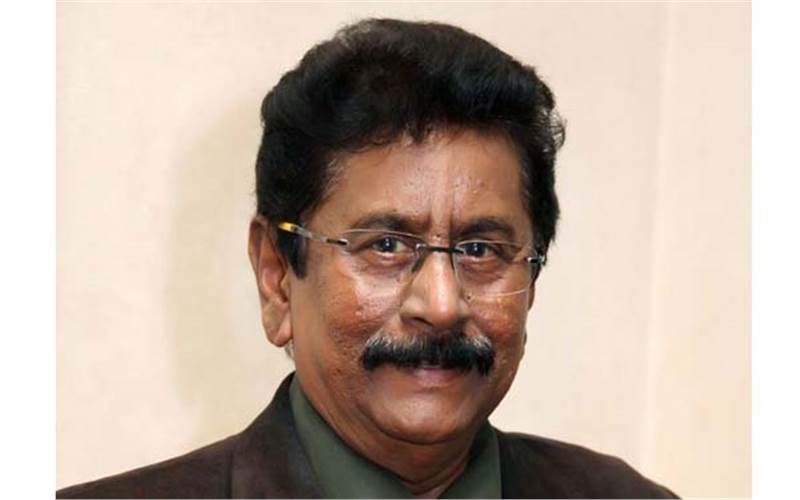Dev Nair: Interpretation of GST rates has been quite a challenge
Dev Nair of Kohinoor Printers says the processes in GST are time-consuming and they need to be simplified.
08 Nov 2017 | By PrintWeek India
What has been the impact of GST on your customers? How are your customers coping with multiple GST slabs, tracking of invoices and movement of goods across state borders?
My customer base typically comprises of large multinationals and smaller business houses. In their experience, the problem being faced by them is mainly on account of multiple rates being charged by printers for the same item. As such, interpretation of the GST rates has been quite a challenge and hopefully, with the clarifications that have now been shared, the hurdles would get ironed out.
Then again, the processes in GST are time-consuming. Over time these processes need to be simplified based on the feedback being shared.
Do you believe it’s in our best interest that all our (printing and packaging industry) the tangible products are covered under HSN (Goods) so that there is a greater chance of coming under the manufacturing sector and acquiring industry status?
Yes, it is entirely in the best interest that all the tangible products come under HSN code, thus being treated as manufacture. The benefit of being treated as a manufacturing enterprise instead of a service bureau is surely an advantage not only to the printers but for the country as a whole. It not only supports the growth of the industry but it also helps create jobs. To my mind, the term ‘manufacture’ relates to a process where the raw material post-process changes its shape. Not clear how this is being interpreted as a service in the current GST laws.
The Ministry of Finance issued a Notification No 31/2017-Central Tax (Rate) dated 13 October 2017, which formalised the decisions regarding the GST rates at the 22nd Council meeting on 6 October 2017. Is there clarity, finally? Please name one thing on your wish list for the government.
More than ‘Notification No 31 of 13/10/17’, I feel the ‘Circular No 11/11/2017 of 20/10/17’ gave more clarity on the intent of the GST Council in understanding the laws. However, here again, as the list is not exhaustive, there can be interpretation issues which would need to be referred as and when required. This is not a good trend as one should be striving for simplicity in new laws. My one thing in the wish list to the government would be to simplify the multiple classifications that currently exists and make all printing items under one GST rate. In one stroke, this would clear all confusion and simplify all processes which currently appear to be very complex.
Latest Poll: GST hopes to change the indirect tax structure in India. Is GST working thusfar?
GST will be beneficial in the long run: 27%
Good law, poorly implemented: 30%
Small firms face a compliance burden: 15%
Multiple slabs, invoice matching and glitches in the GST Network are a pain: 20%
GST is a uniform and simple tax regime for India 8%













 See All
See All